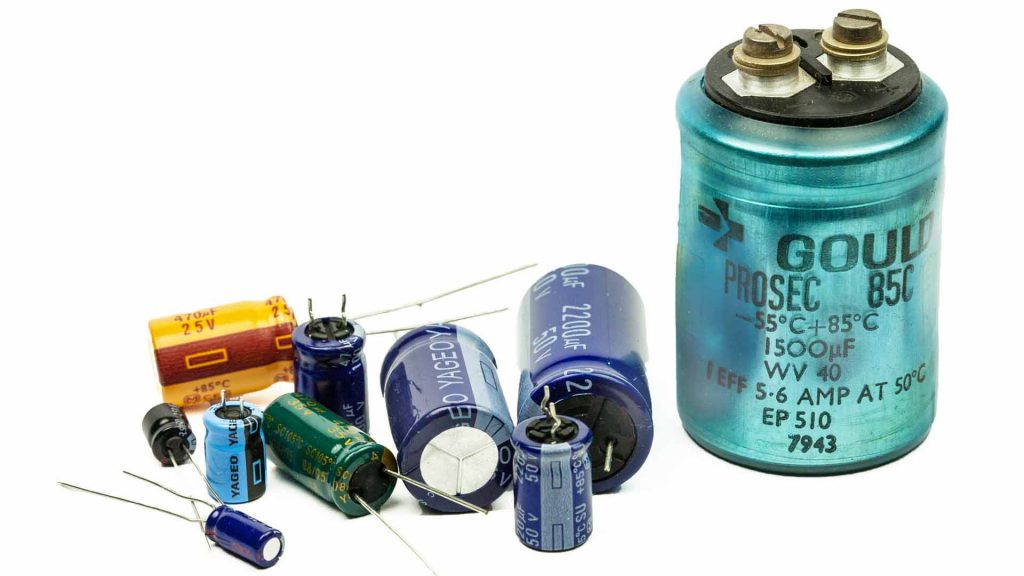Mastering the Art of Capacitor Reading: A Comprehensive Guide
2 min read
Capacitors are essential components in electronic circuits, storing and releasing electrical energy. Understanding how to read a capacitor is crucial for troubleshooting and designing electronic systems. In this blog post, we will delve into the intricacies of capacitor reading, exploring the various aspects and techniques involved.
- Capacitor Basics:
To read a capacitor accurately, it is essential to grasp the fundamental concepts. Capacitors are passive electronic components that consist of two conductive plates separated by an insulating material called a dielectric. They are characterized by capacitance, voltage rating, and tolerance. Capacitance represents the amount of charge a capacitor can store, while voltage rating indicates the maximum voltage it can handle. Tolerance refers to the acceptable deviation from the stated capacitance value. - Identifying Capacitor Types:
Capacitors come in different types, each with unique characteristics. The most common types include ceramic, electrolytic, tantalum, and film capacitors. By understanding the physical appearance and markings on the capacitor, you can identify its type. Ceramic capacitors are typically small and cylindrical, while electrolytic capacitors are larger and cylindrical or rectangular. Tantalum capacitors resemble small beads, and film capacitors are flat and rectangular. - Reading Capacitor Markings:
Capacitors are often marked with alphanumeric codes that provide valuable information about their specifications. These markings can include capacitance value, voltage rating, tolerance, and sometimes additional codes indicating the manufacturer or series. By decoding these markings, you can determine the capacitor's properties and suitability for a particular application. - Measuring Capacitance:
Accurate measurement of capacitance is crucial, especially when working with older or damaged capacitors. Several methods can be employed, including using a digital multimeter, an LCR meter, or an oscilloscope. Each method has its advantages and limitations, and understanding how to use them correctly is essential for obtaining precise capacitance readings. - Testing Capacitors:
In addition to measuring capacitance, it is important to test capacitors for functionality and reliability. Various tests, such as the ESR (Equivalent Series Resistance) test, can help identify faulty or degraded capacitors. Additionally, understanding the effects of temperature, frequency, and voltage on capacitor performance can aid in evaluating their suitability for specific applications. - Capacitor Failure Modes:
Capacitors can fail due to various factors, including aging, overvoltage, temperature stress, and mechanical damage. Recognizing the signs of capacitor failure, such as bulging, leaking, or a decrease in capacitance, is crucial for troubleshooting and preventing system malfunctions. We will explore common failure modes and their causes, equipping you with the knowledge to identify and replace faulty capacitors effectively.
Conclusion:
Reading a capacitor accurately requires a comprehensive understanding of its basics, types, markings, measurement techniques, testing methods, and failure modes. By mastering these aspects, you can confidently analyze and utilize capacitors in electronic circuits. Remember to refer to datasheets and consult experts when dealing with complex or specialized capacitors. Capacitor reading is an essential skill for engineers, hobbyists, and anyone working with electronic systems.
